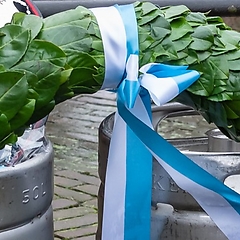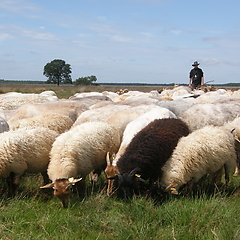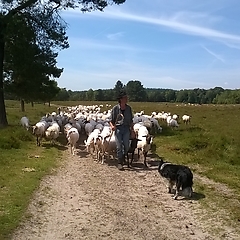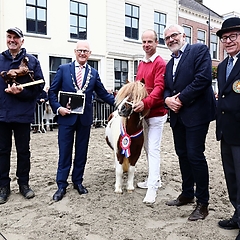Circus in the Netherlands takes many forms. The best-known is the classical tent circus with circus artists who travel with circus wagons from town to town to perform in a multi-coloured tent. But there are also theatre circuses, youth circuses and Christmas circuses. Many places in the Netherlands welcome a circus from time to time. It announces its arrival with colourful posters. An actual small village emerges within a few days, with wagons where the artists (and sometimes animals), live. The centre of the circus village is a big tent. The spectators sit on tribunes, arranged around the arena, or ring. A classical circus programme consists of ten to fifteen different acts. Most of the time it is a variety of animal acts and performances with acrobats, jugglers and clowns. Every act comprises seven to ten tricks. For a juggler this may be juggling with five balls, then with ten and consequently with rings. Every trick is a bit more difficult, thus building up the tension. For some circus families circus is not only their means of existence, but also a way of life.



